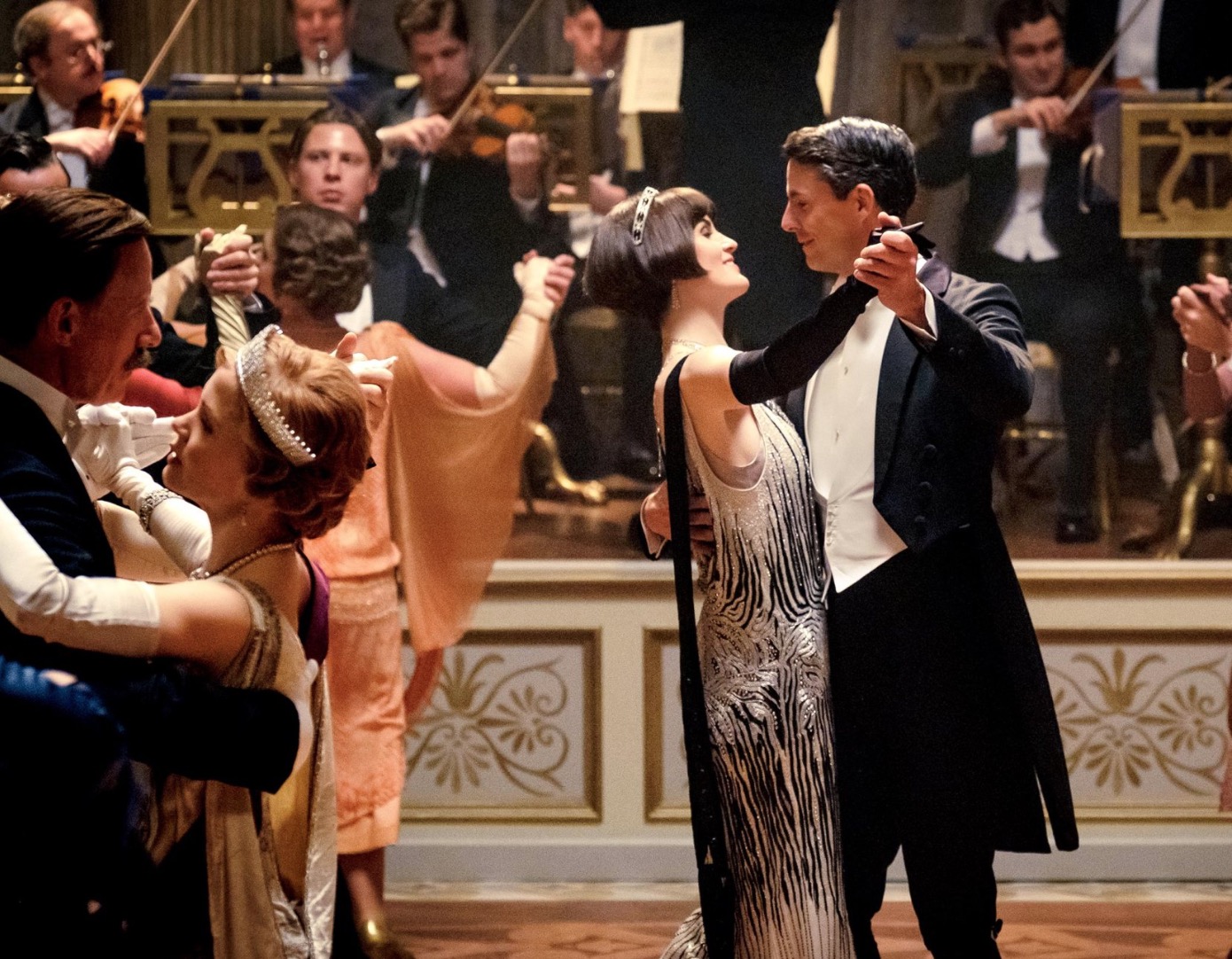In September 2010, British and American audiences tuned in for the world premiere of the television series “Downton Abbey.” For five years, until 2015, audiences followed the lives of the aristocratic Crawley family and their servants. On Sept. 13, 2019, in the United Kingdom and a week later in the United States, on Sept. 20, the longtime suffering of fans around the world will end with the film premiere of “Downton Abbey.”
Original members of the cast, including Dame Maggie Smith, Elizabeth McGovern, Laura Carmichael, Hugh Bonneville, Joanne Frogatt and Michelle Dockery, all confirmed their return as characters from the series. Sadly, Lady Rose MacClare, or actress Lily James, will not make her return, nor will footman James Kent, as played by Ed Speleers.
Joining original cast members as of announcements in August and September are newcomers Imelda Staunton, Tuppence Middleton, Simon Jones, Geraldine James, David Haig, Stephen Campbell Moore and Kate Phillips. Other members of the cast making their return are Brendan Coyle, Harry Hadden-Paton, Jim Carter, Rob James-Collier, Lesley Nicol, Kevin Doyle, Allen Leech, Penelope Wilton, Phyllis Logan and Sophie McShera. Matthew Goode, Lady Mary’s husband Henry Talbot in the final series, will appear just briefly because of his other commitments. Max Brown will join the film cast in a role that has not yet been announced.
The film’s success is likely because of the many awards the show has received. “Downton Abbey,” during its five-year run, received accolades like a Golden Globe Award for best miniseries or television film, as well as a Primetime Emmy Award for outstanding miniseries or movie.
In 2011, Guinness World Records recognized the show as the most critically acclaimed English-language television series of 2011. “Downton Abbey” has earned the most nominations out of all international television series in the history of the Primetime Emmy Awards, boasting 27 in total. Additionally, the beloved program was named the most watched television series on PBS and ITV. Following that accolade, it was deemed the most successful British costume drama series since the 1981 television series “Brideshead Revisited.”
The show received this bounty of awards for good reason. Centered around the aristocratic Crawleys, the series portrays real events from British history and interweaves them with the compelling, domestic dramas affecting the family. Each year’s episodes cover several years in the Crawley family’s history, ranging from 1912 to 1926.
The aristocrats are not unaffected by the events that touched the United Kingdom. In fact, one event in particular marred the lives of the Crawleys forever: the story begins just one day after the RMS Titanic sunk on Apr. 14 or 15, 1912.
The family suffered from financial difficulties in past years, leaving the main character, Robert Crawley, the Earl of Grantham, to clean up the mess his father left. He resolves the issues by marrying American heiress Cora Levinson (known throughout the series additionally as Lady Grantham), whose dowry helps keep float their finances.
However, the couple has three daughters and no son, meaning the daughters would not be able to preserve the family’s finances and honor.
The oldest daughter, Lady Mary Crawley, must get married to someone of fine economic stature, just as her father had to in order to save his namesake. In an effort to follow duty and continue her family line, Lady Mary agreed to marry her second cousin, Patrick.
Yet, their marriage was not to be. Patrick dies in the sinking of the RMS Titanic, a tragic occurrence not unheard of for families like the Crawleys; circumstance, as the series demonstrates, does not discriminate. Life will happen no matter how much money one has to their name or how grand their family estate is. And, what lives the Crawleys have.
Irony and tragedy are no strangers to the family, either. Cora Crawley became pregnant with the coveted male heir, only to watch in horror as she miscarries him. The boy, who would have inherited Cora’s wealth and continued his family name, dies because Cora’s servant, O’Brien, throws a bar of soap in Cora’s path in an act of retaliation because she thinks she is about to be fired.
Mary, the other relative with the potential to continue the family legacy, gets paired with a distant cousin, Matthew, because he becomes the next heir in line, being a male relative and all. Although she does not at wish to admit it, Mary becomes attracted to Matthew, who does not actually want to live in the aristocratic world.
Equal amounts of drama unfold in the aristocrats’, and servants’ respective spheres, though. In the world of domestic servants, a criminal arrives on the scene, leaving the help with questions and concerns.
Such drama makes for a show that leaves audiences spellbound, glued to their seats for information about the next move characters will make. The aristocrats and domestic servants live in two different worlds while under the same roof. Yet, maybe their lives are not so different after all.
Affairs, friendship, relationship, tragedy … people will undergo the changes that they are destined to, and they cannot prevent them regardless of whether they are in favor of them or not. The Crawleys are a fine example of how different appearances can be from reality.
One of the most compelling things about “Downton Abbey” is its success in portraying the ephemerality of fate. Tragedy abounds, yet so do joy and hope; when a character grows or gets married, for instance, you can’t help but celebrate alongside them.










